Cobbling Together Executive Functions
The Elves and the Shoemaker
The Brothers Grimm
Retold & Illustrated by Jim LaMarche
One of the giants of developmental theory, Jean Piaget, once said: “To understand is to invent.”
And no truer words can be said of the maker movement!
The more time children spend messing around with a wide variety of materials, or “tinkering,” the more they understand about how the physical world works.
As they tinker, they get ideas for things they want to make, and then they use initiative, problem-solving, and executive functions to figure it out, and make it better. And develop resilience along the way!
Inspire young tinkerers and makers to create elvin-inspired shoes for themselves, their friends, or their dolls and stuffies!
The activity below is adapted from “If the Shoe Fits” in Making and Tinkering with STEM by Cate Herman.
What You’ll Need:
Recyclables/Reusables/Loose Parts such as:
Heavy paper
Cardstock
Cardboard
String
Yarn
Fabric
Felt
Foil
Bubble wrap
Foam
Shoelaces
ETC.
Connectors such as:
Tape (transparent, masking, duct, etc)
Glue
Glue sticks
Staplers
Velcro fasteners
Low temperature hot glue gun
Tools such as:
Scissors
Tape measures
Rulers
Dull darning needles
Mesh plastic canvases
Ways to decorate such as:
Stickers
Buttons
Sequins
Washi tape
Daubers
Crayons or markers
ETC.
For Tinkering Inspiration
Can you find old and interesting shoes for kids to explore, deconstruct, and figure out?
Try worn out light up sneakers, old roller skates, abandoned tap shoes, blown out soccer cleats, etc.
Some Basics
After setting out materials, give children plenty of time to tinker and explore, with the option of extending this as a center over multiple days, depending on the age and background experiences of the children.
When one or more children seems ready, pose the first step of the design challenge: “Can you design and create a shoe (or a pair!) for the shoemaker?”
Heroman suggests the following steps for the making process:
Think about it: What makes a good shoe? What do you want your shoe to be like? Draw or sketch a picture of your ideas.
Build or create it: Find materials to start with and make your shoe(s).
Try it: Put it on your own feet, or your stuffie’s or…! Does it fit? Does it stay on? What happens if you dance or hop? Etc.
Revise or make it better: Is there something you want to change? Do it! Or not!
Share: Show your creations to a friend and tell them how you made it, or what you like best about it. [If children get excited about this making opportunity, you may need to set up a Shoe Store to display them all!)
How This Develops Executive Functions and Resilience
Cognitive Flexibility: When children have the chance explore a variety of materials freely, they begin to see new possibilities for how they are used. This is increased as they begin to focus on using these materials to create a specific project.
Working Memory: There are many micro-processes involved in making something from “nothing!” How do I squeeze glue? Do I tape first, or use markers and then tape? Even gathering materials to start requires working memory!
Try, Try Again: The essence of resilience! Nothing defines the maker movement or process art more than the freedom to keep revising, changing, tweaking and even: starting over. This ability to persist in spite of setbacks is what resilience is all about! Even when slipped into the making of a tiny pair of elvin shoes!
Need More Inspiration?
If you haven’t discovered Making and Tinkering with STEM by Cate Herman, you are in for a treat! Each “chapter” features a picture book, with detailed ideas about how to create the environment for tinkering, making and engineering related to fascinating problems inspired by each story.
Sally Haughey of Fairydust Teaching/Wunderled has a wonderful spin on inspiring children’s creativity and connection with The Elves and the Shoemaker. Check out her blog post about the tale, with its many links and ideas, or get the full details about using this story, and many others, in her book, Wonder Art Workshop by Sally Haughey.
More Elvin Executive Function Fun!
If your kids are fascinated with The Elves and the Shoemaker, (or shoes, or elves!): try this adaptation of Musical Chairs!
All the executive FUNction of the traditional game, but with a twist that makes it more collaborative!
By using two fewer shoes than the number playing, children exit the game (temporarily!) in pairs.
They become the “worker elves,” who briefly and busily play with elvish materials like lacing boards, toddler hammer benches, snipping bins, etc.
When the music stops, they are replaced by new worker elves, and return to the game!
Click to download the details!





